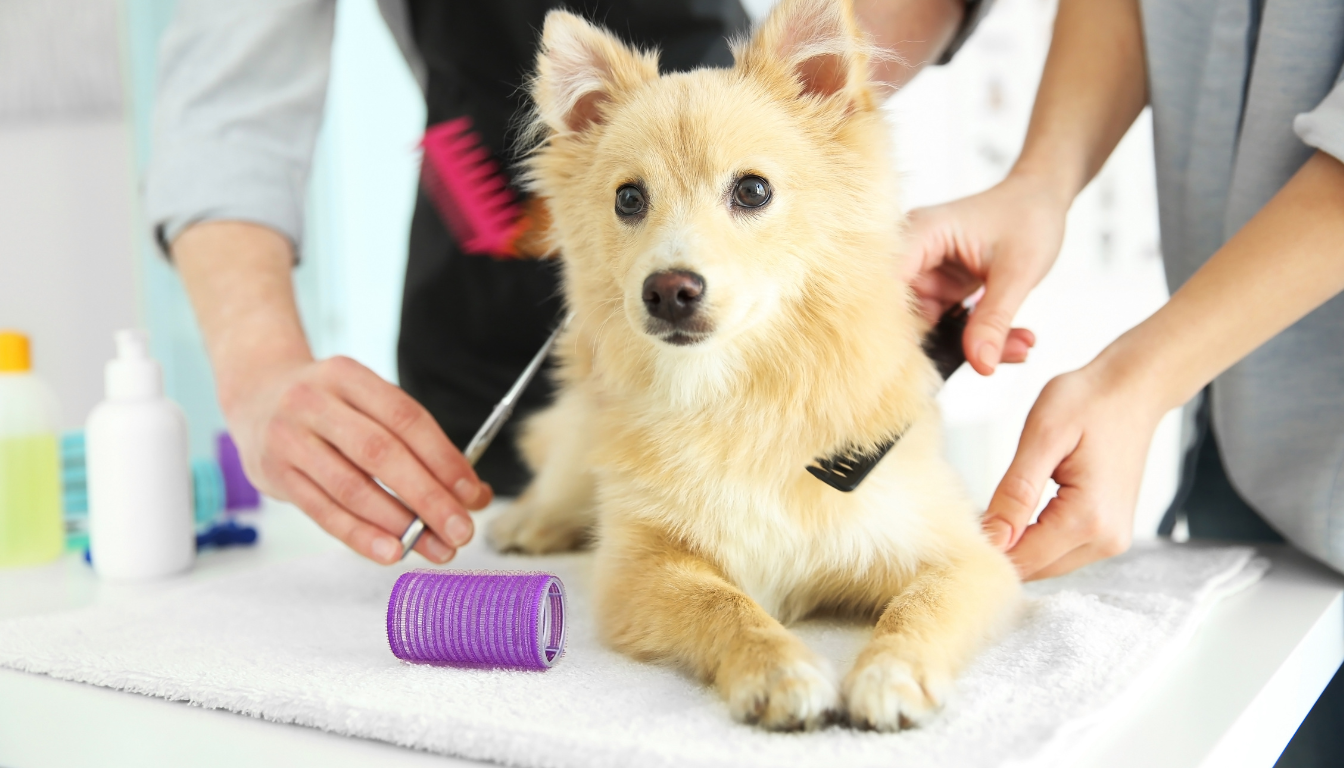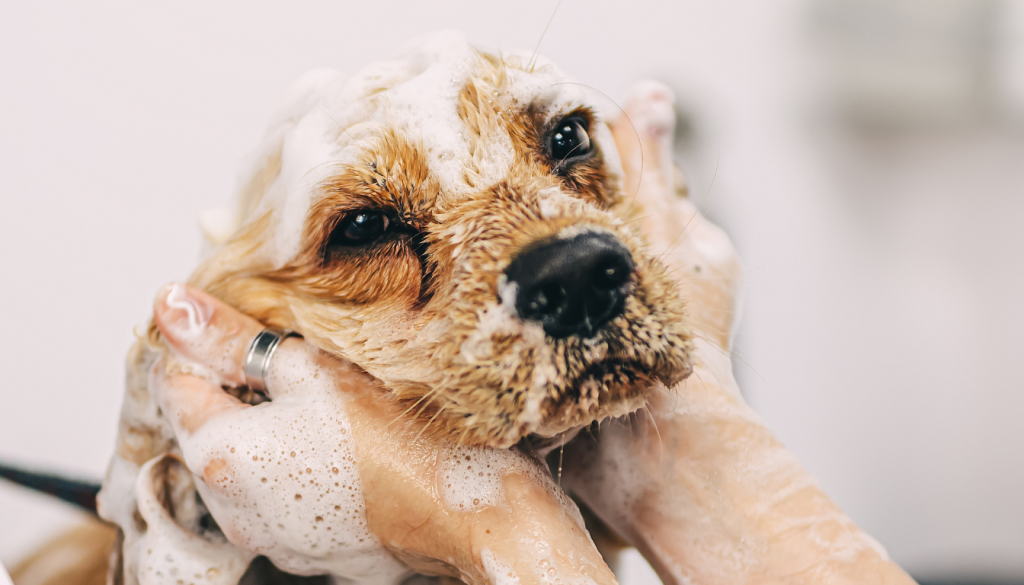Physical Address
304 North Cardinal St.
Dorchester Center, MA 02124

Grooming your dog at home can be fulfilling but challenging without proper knowledge and techniques. Avoiding common mistakes is essential for your dog’s well-being, from training them early for grooming to mastering tasks like brushing and nail trimming. This guide provides practical tips to ensure effective grooming sessions, helping you maintain your dog’s health and strengthen your bond with them. Whether you’re new to grooming or refining your skills, these insights will help you groom your dog confidently and professionally at home.
Failing to train your dog:

Training your dog to be comfortable with grooming procedures is crucial. Start early and gradually introduce them to being touched all over their body, including sensitive areas like paws and ears. Familiarize them with grooming tools and noises to prevent anxiety and make grooming sessions more manageable.
Not Brushing Before Bathing:
Brushing your dog before bathing helps prevent mats and tangles from worsening when they get wet. This simple step also removes loose hair, making the bathing process more effective and comfortable for your dog.
Neglecting to Brush After Bathing:

Post-bath brushing removes remaining dead hair and prevents new mats from forming as the coat dries. It’s essential for breeds with longer hair prone to tangling.
Ignoring Grooming in Winter:
While it’s understandable to be concerned about your dog feeling cold after a trim in winter, neglecting grooming can lead to severe matting. Regular brushing and light trimming can help maintain their coat without compromising warmth.
Being Inconsistent:

Regular grooming should include more than just baths and haircuts. Even during periods when full grooming isn’t needed, continue brushing and basic maintenance to keep your dog accustomed to the process and reduce stress during grooming sessions.
Not Being Thorough:
Ensure thorough grooming by paying attention to all areas of your dog’s body, including belly, armpits, tail, ears, neck, and face. These areas are prone to mats and can harbor pests if not properly cared for.
Improper Nail Trimming:

Nail trimming requires care to avoid cutting into the quick, which can cause bleeding and pain. Use sharp clippers and learn to identify the quick, especially in dogs with dark nails where it may not be visible.
Shaving Too Close:
Shaving too close to the skin can cause razor burn and potential infections, particularly if using dull clippers. Use sharp blades and maintain a safe distance from the skin to avoid irritation and discomfort.
Getting Shampoo in the Eyes:

Take care when washing your dog’s face to avoid getting shampoo in their eyes, which can cause irritation and distress. Use tear-free dog shampoos and rinse thoroughly.
Letting Them Outside Immediately After Grooming:
Dogs often get excited after grooming and may roll in dirt or other substances outside, undoing your efforts. Keep them indoors until they settle down to maintain their clean coat.
By avoiding these common mistakes and practicing proper grooming techniques, you can ensure that grooming sessions with your dog are positive experiences that contribute to their health and well-being. If unsure about any aspect of grooming, consult with a professional groomer or veterinarian for guidance tailored to your dog’s specific needs.